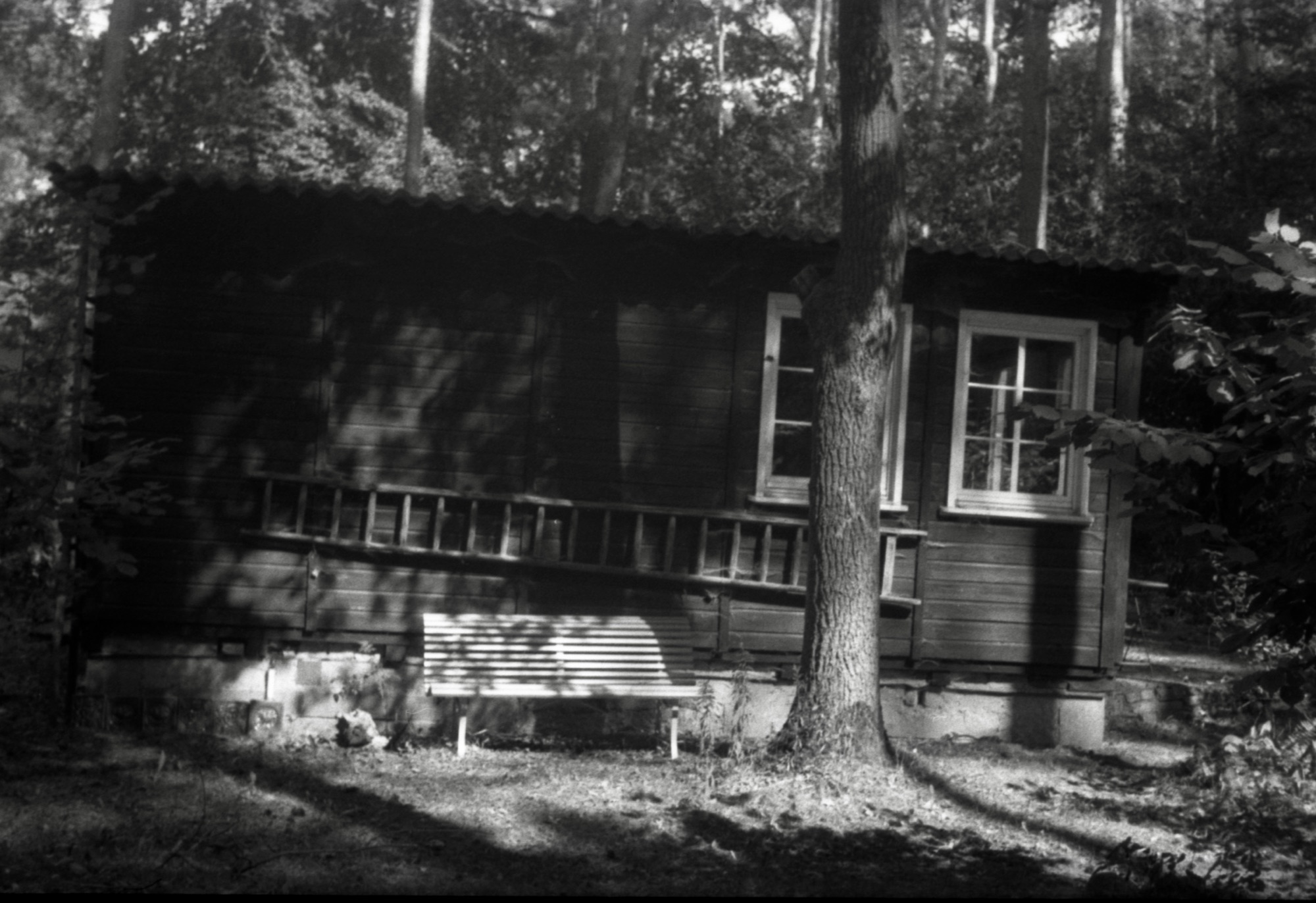So, we had some kind of long and gruel flame war at work today. Which was (unintentionally!) started by me asking if it’s now possible with Windows 7 to name a folder “aux”. Turns out it isn’t.
However, war was on. And that’s not a pretty thing to watch between die-hard Linux users and Windows fans. They tend to fight until both camps are basically destroyed.
While the battle was raging, I (even though being generally more on the Linux side of things) tried very hard to think of filename “gotchas” on Unix/Linux/POSIX systems. Just to give some balance to the discussion…
The example I came up with was naming a directory “*” in / and then trying to delete that. This wasn’t very creative and thus was generally not accepted by the Linux guys as a proof that POSIX systems had filename issues. Nothing could beat Windows’ “aux” idiocy, it seemed.
Now, incidentally, some post on the DWTF forums just pointed me to a rich resource of POSIX filename fails, created by David A. Wheeler. I will only cite some passages, in order to give the dear reader an impression of how fucked-up POSIX’ filename rules really are.
Oh, and **don’t display filenames**. Filenames could contain
control characters that control the terminal (and X-windows), causing nasty
side-effects on display. Displaying filenames can even cause a security
vulnerability – and who expects *printing a filename* to be a
vulnerability?!?
…and…
The list of problems that “leading dash filenames” creates is
seemingly endless. You can’t safely run “cat *”, because there might be a file
with a leading dash; if there’s a file named “-n”, then suddenly all the output
is numbered if you use GNU cat. Not all programs support the “–” convention,
so you can’t simply say “precede all command lists with –“, and in any case,
people forget to do this in real life.
…oh, and…
Why the heck are the ASCII control characters (byte values 1
through 31, as well as 127) permitted in filenames? The point of filenames is
to create human-readable names for collections of information, but since these
characters aren’t readable, the whole point of *having* filenames is
lost.
…so, let’s conclude:
In a well-designed system, simple things should be simple, and the
“obvious easy” way to do simple common tasks should be the correct way. I call
this goal “*no sharp edges*” – to use an analogy, if you’re designing a wrench,
don’t put razor blades on the handles. Typical Unix/Linux filesystems fail this
test – they *do* have sharp edges. Because it’s hard to do things the “right”
way, many Unix/Linux programs simply assume that “filenames are reasonable”,
even though the system doesn’t guarantee that this is true.
Comparing these (and more) short-comings of UNIX’ design against the short-comings of Windows is left as an exercise to the reader.
The author is in a love-hate relationship with UNIX, anyway – no flame wars needed. But don’t say anything against Plan 9! 🙂







Leave a Reply